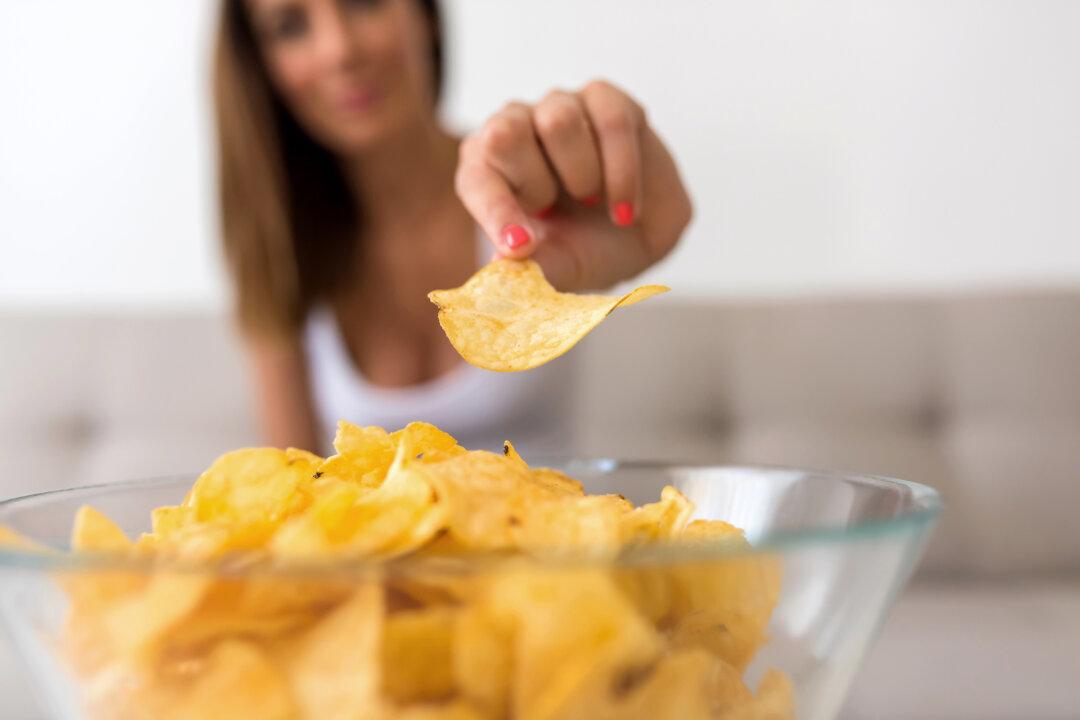All foods aren’t created equal. Most are tasty, which is helpful because we need to eat to survive. For example, a fresh apple is palatable to most people and provides vital nutrients and calories.
But certain foods, such as pizza, potato chips, and chocolate chip cookies, are almost irresistible. They’re always in demand at parties, and they’re easy to keep eating, even when we are full.

